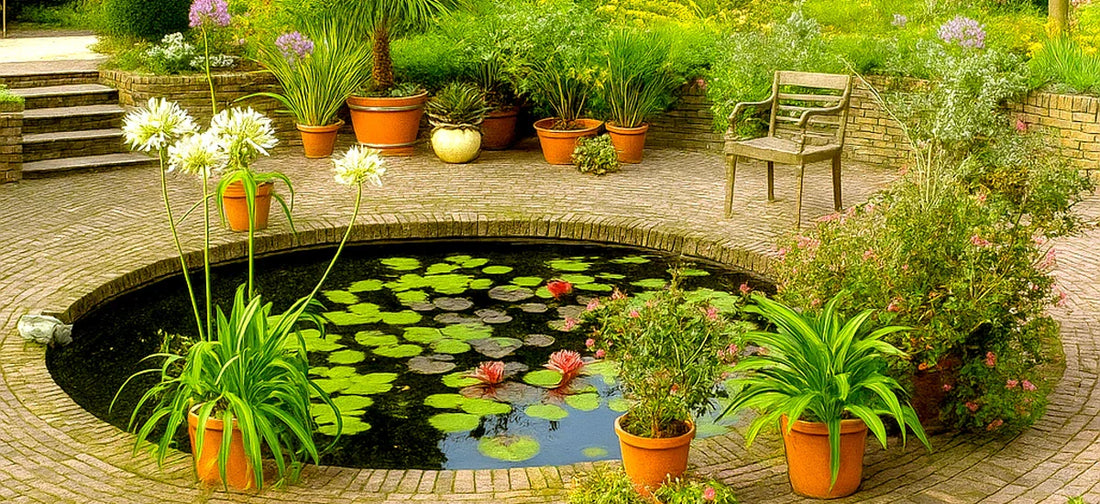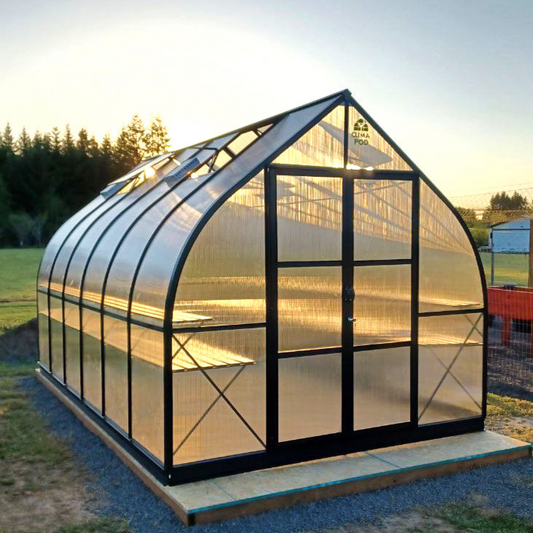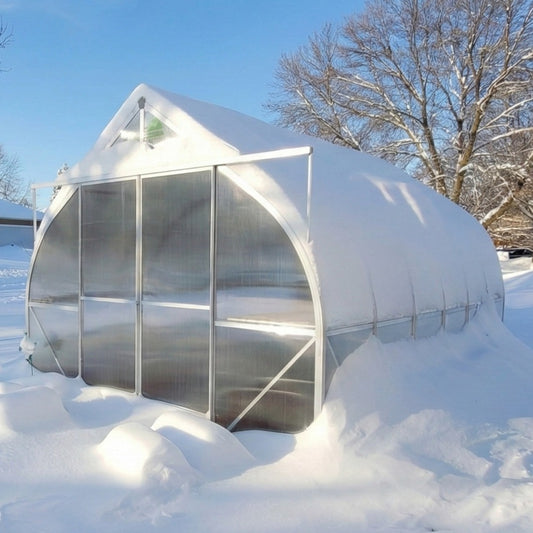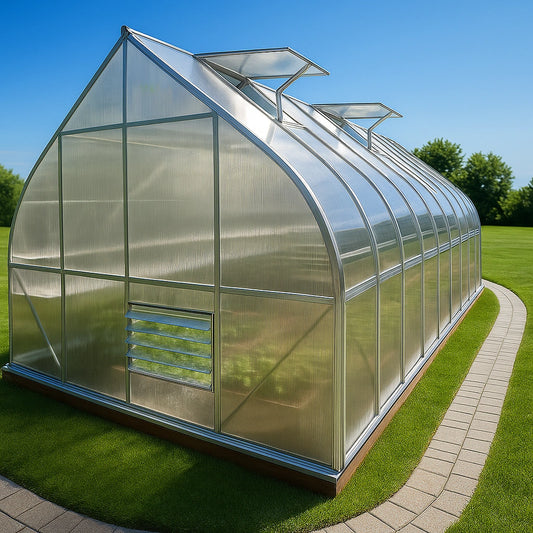
How to Prepare Your Backyard Pond for Winter: Step-by-Step
As the leaves turn and the air grows crisp, it's time to get your backyard pond ready for the colder months. Proper winter preparation not only protects your pond's ecosystem and equipment from damage but also ensures a smoother spring startup. This guide will walk you through the essential steps to ensure your pond gracefully transitions into its winter slumber.
Essential Winterization Steps for Your Backyard Pond

Successfully preparing your pond for winter involves a series of proactive tasks. These steps aim to clean the environment, protect delicate components, and prevent common winter issues.
- Debris Removal: Thoroughly clean out fallen leaves, twigs, and other organic matter. This is crucial to prevent decomposition and the buildup of harmful gases like hydrogen sulfide.
- Lighting and Electrical System Check: Carefully dismantle pond lighting. Inspect all wiring for damage and ensure it's properly insulated and secured, ideally disconnected or stored safely indoors.
- Install Freeze Protection Devices: Implement measures to prevent complete freezing. This often involves using specialized de-icers or floaters to maintain an opening in the ice.
- Hydraulic System Maintenance: Prepare your pump and filtration system for inactivity. This typically involves cleaning and storing them properly.
- Water Surface Management: Consider methods to manage the water surface during freezing, such as floating devices or special covers.
Caring for Your Pond Plants During Winter
Pond plants require specific care as temperatures drop to survive the winter and thrive come spring. This is the ideal time to address their needs while the weather is still manageable.
- Remove Tropical/Tender Plants: If you have heat-loving plants like tropical water lilies or certain marginal plants, it's time to move them. Bring them indoors to a greenhouse, a cool, frost-free cellar, or even a large container filled with water in a bright, cool location indoors.
- Trim Back Hardy Plants: Hardy aquatic plants should be trimmed back. Remove dead or yellowing foliage to prevent it from decaying in the pond and consuming oxygen. Marginal plants can be cut back to a few inches above the water line.
- Divide Overgrown Plants: Fall is a good time to divide overgrown perennials and aquatic plants. This revitalizes them and provides you with new plants.
- Consider Submerging Certain Plants: Some hardy water lilies can be overwintered by submerging their pots in the deepest part of the pond, away from direct ice formation.
Winterizing Your Pond Equipment: Pumps, Filters, and More
Most pond equipment is not designed to withstand freezing temperatures and must be properly protected to avoid costly damage and ensure a quick restart in spring.
Protecting Pumps and Filters
Fountains, waterfalls, and skimmers rely on continuous pump operation. However, most pumps are submersible and susceptible to freezing. Here’s how to prepare them:
- Clean Thoroughly: Before storing, clean all pumps, filters, and fountain components meticulously. Remove any debris, algae, or sediment.
- Drain Completely: It's crucial to drain all water from pumps, hoses, and filter housings. Trapped water can freeze, expand, and crack the equipment.
- Store Indoors: Transfer all electrical equipment, fountain hoses, and nozzles to a frost-free location, such as a garage, shed, or basement.
- Submersible Pump Storage: For submersible pumps, a common and effective method is to place them in a barrel or large container filled with water. This keeps seals moist and prevents them from drying out, preserving their condition until spring. Ensure the container is stored in a place that won't freeze solid.
Protecting Fountains and Waterfalls
If you have a decorative fountain or waterfall feature that cannot be easily dismantled:
- Some fountains can be winterized by draining them and covering them with a waterproof pond cover.
- For waterfalls, ensure any pumps are removed and stored as described above. If the structure itself is exposed, consider covering it to protect it from the elements.
Implementing Freeze Protection for Your Pond
Preventing your pond from freezing solid is vital for the health of your fish and the pond's ecosystem. An opening in the ice allows for the escape of toxic gases produced by decomposition and the exchange of oxygen. This is especially important if you have fish.

Methods to Prevent Complete Freezing
If your pond has durable film waterproofing (like EPDM), it's relatively safe from structural damage. However, concrete and plastic ponds can be more vulnerable to expansion cracks caused by ice.
- Use De-icers: A pond de-icer is an electrical heater designed to keep a small portion of the water's surface ice-free. Choose a size appropriate for your pond and ensure it's ENERGY STAR rated for efficiency.
- Install Pond Aerators/De-gasifiers: These devices not only help circulate water but also create an opening in the ice, aiding gas exchange. Many are designed to run continuously throughout the winter.
-
Utilize Floating Devices (Expansion Compensators): For ponds made of concrete or plastic, introducing "shock absorbers" is recommended. These are buoyant objects that absorb the pressure of expanding ice. Common options include:
- Boards or Logs: Large pieces of wood can be floated on the surface.
- Plastic Jugs or Bottles: Empty, sealed plastic jugs or bottles can be weighted down.
- Sandbags: Special weighted bags designed for this purpose.
- Avoid Complete Freezing: The goal isn't to keep the entire pond ice-free, but to maintain at least one unfrozen area for gas exchange.
Expert Tip: For ponds with fish, ensure you have adequate depth (at least 2-3 feet in most climates) for them to survive in the deeper, unfrozen water at the bottom. Never break large holes in the ice, as the sudden inrush of air can shock and harm fish.
By following these step-by-step instructions, you can confidently prepare your backyard pond for winter, ensuring its longevity and preparing it for a beautiful and vibrant spring.











